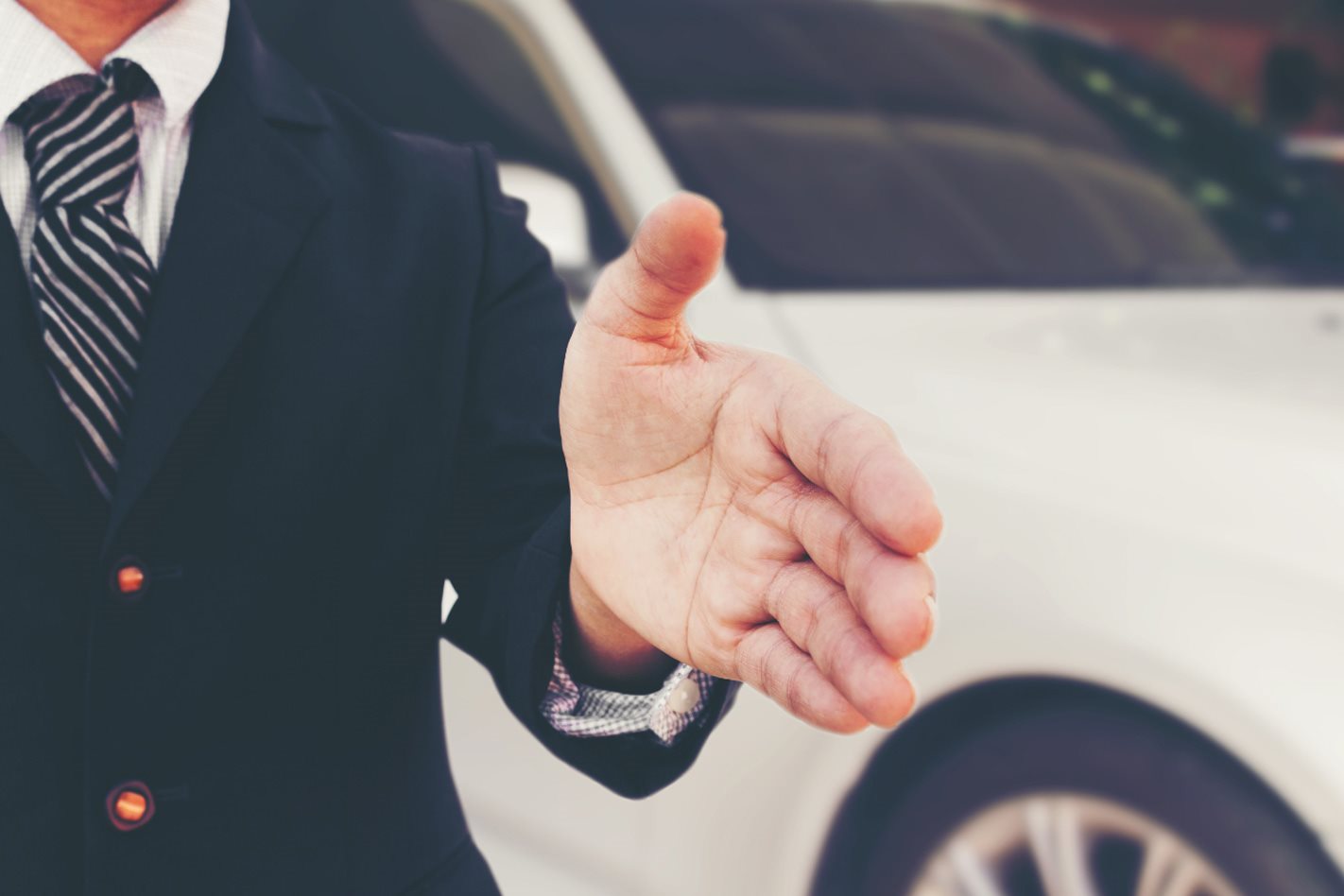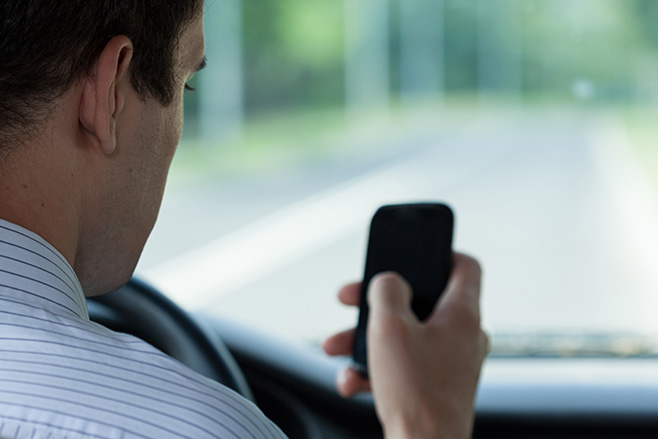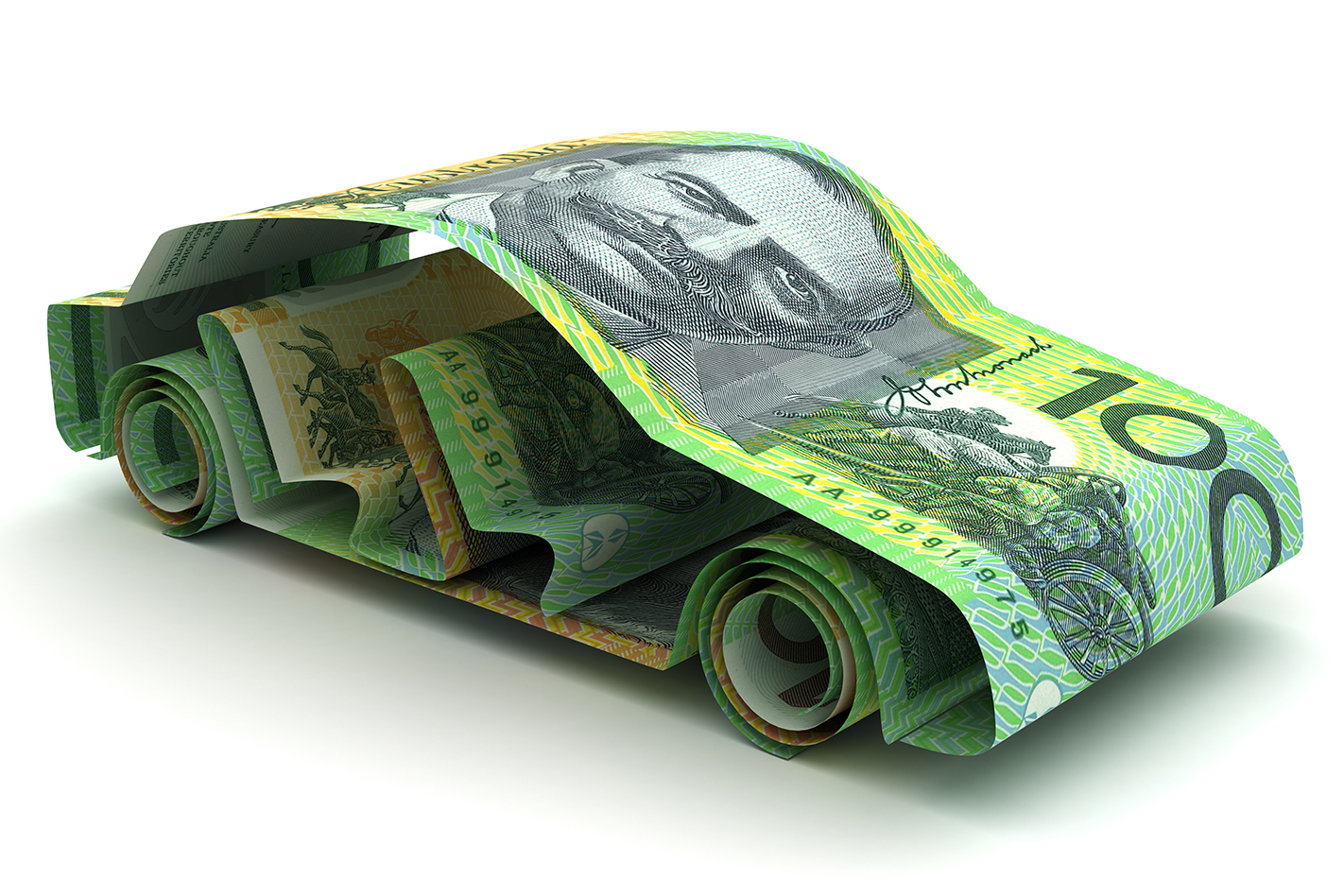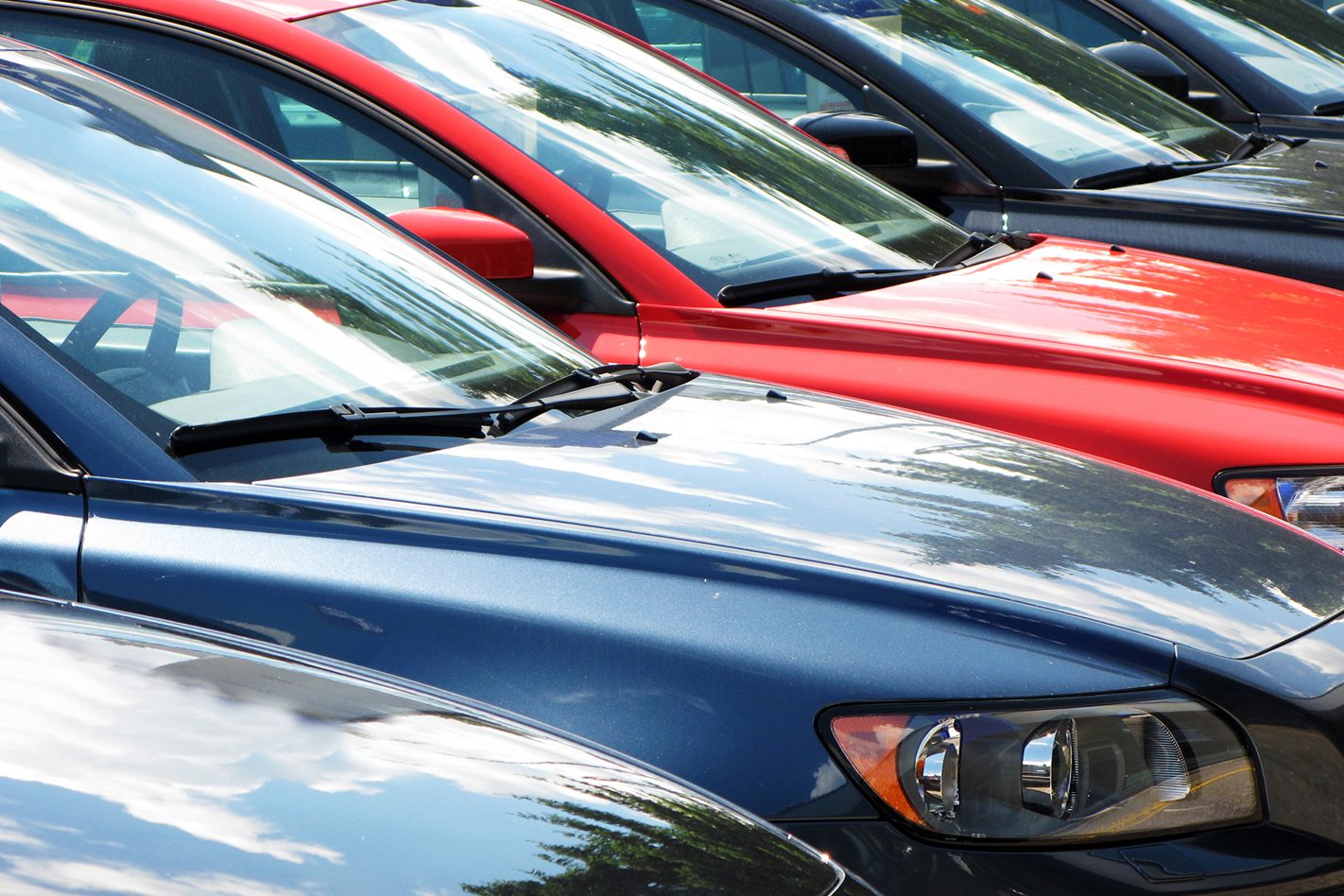
You’ve decided on a price, shaken the seller’s hand and sealed the deal.
The buyer has found exactly what they want, and the seller is keen to get cash in the bank.
This is an exciting time for buyer and seller alike, and it’s easy to get carried away. Now for the awkward part: How do you safely, quickly and securely transfer the funds for your new pride and joy?
It pays to do your research before agreeing on a final price. Keep in mind that the COVID-19 pandemic has had an ongoing impact on used car values with elevated prices not uncommon.

Scam stories are rampant within online marketplaces. Gumtree, eBay and Facebook Marketplace are great places to find a bargain, but are also ripe hunting grounds for scammers – don’t fall for the old Nigerian prince trick.
Make sure you aren’t being taken for a ride by getting the vehicle independently inspected, ensuring it has no finance owing, isn’t secretly on the written-off vehicle register and is in as-advertised condition.
Once you’re happy with the deal you’ve got, here are the best ways to swiftly and securely pay for a used car from a private seller.
- Option one: Physical bank transfer
- Option two: Electronic bank transfer
- Option three: Cash
- Option four: Crypto currency
Option one: In-person bank transfer
This is one of the safest ways to exchange large sums of money.
Performing the transaction in a bricks-and-mortar bank provides peace of mind for both buyer and seller.
In this circumstance, the seller knows the buyer has the cash to honour the transaction, and the buyer can walk away with the car as soon as the seller gets confirmation the transfer is complete.
It’s also on record – both buyer and seller are on camera at the time of transaction, so no funny business can occur.

The buyer could also provide a bank cheque, which ensures the correct amount is in their account at the time of drawing up the cheque. A bank cheque won’t bounce as a personal one might.
It is true that bank cheques can be stopped, but this is difficult to accomplish and will raise eyebrows for the purchaser.
Option two: Online bank transfer
Typically we’d advise against electronic transfers made through mobile or online banking services. The funds can take 1-2 days to clear, giving the buyer more chance to cancel the transfer.

However, it can be done providing there is trust established between two parties. Money-transfer services such as PayPal offer protections for both buyer and seller if the deal turns sour.
There’s also a danger that, as the buyer, you will be asked to transfer the funds prior to picking up the vehicle. This can be a dangerous game, as the seller could decide to alight with the funds.
Most banks and money transfer services will look after customers in the event of this kind of scam, though it’s best to tread carefully and avoid any potential hassle here.

Option three: cash is king
It’s a saying for a reason. For smaller transactions – say up to $20,000 – cash is a good and instant way to pay for something. Here are some steps you can take to make it safer.
Firstly, the handover should be done at a bank, whereupon the full amount can be withdrawn or deposited into an account, all handled by a bank teller. This way you can ensure no notes have been forged and, of course, the correct amount is there.
The Federal Government enacted a $10,000 cash transaction limit in September 2019, though this does not apply to second hand goods.
You can therefore pay for that used Lamborghini Aventador SVJ you’ve always wanted with a million bucks worth of pineapples. But cash is bulky and possible to lose, unlike digital currency.

Option four: Crypto currency
This option is in its infancy in the world of car sales. Crypto currency certainly isn’t as popular as cash or bank transfer, but if you can find a seller willing to accept the crypto you can move forward in this way.
It pays to take all the same steps as a physical cash payment (where applicable) to ensure security.
A seller should keep in mind that the value of decentralised crypto currencies, like BitCoin, is traditionally more volatile than centralised ones.
Whichever way you pay, ensure you get a physical or electronic receipt that includes the names and details of both parties, amount paid and date of transaction to prove your new pride and joy is, indeed, yours.
We recommend
-
 News
NewsPandemic purchasing sees record-high used car prices
Cash-strapped buyers seeking to upgrade their vehicles have caused a spike in good, low-km used cars
-
 Advice
AdviceShould you buy a new car or a used car?
It’s the ultimate question. Some decide to go down the used car route, while others take the brand new path. We take a look at the pros and cons of both.



